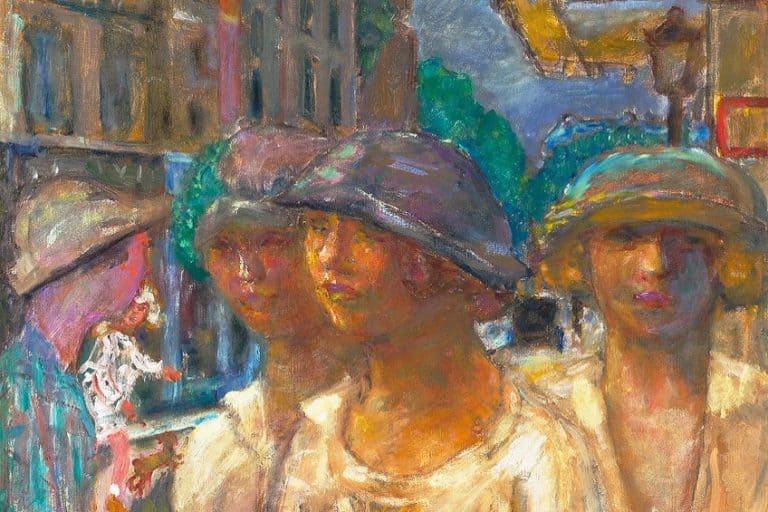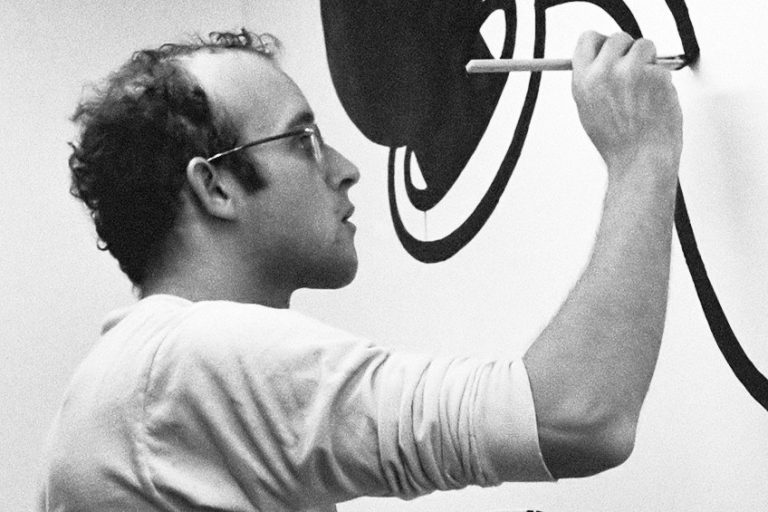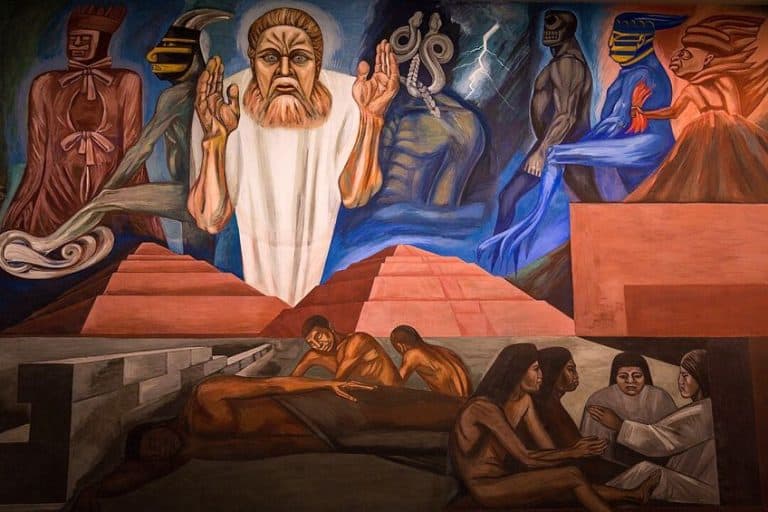Reflections Artists – Harnessing the Creative Beauty of Light
Step into a world where light dances with perception and surfaces become portals to profound contemplation. Welcome to the realm of reflective art, where artists harness the power of mirroring surfaces to evoke emotions, provoke thoughts, and blur the lines between reality and imagination. From shimmering pools of water to meticulously polished metals, the top reflections artists weave narratives of introspection and wonder. Join us on a journey through the looking glass as we explore the captivating works that mirror the soul and spark the imagination.
Reflections in Art
Reflections art is a captivating genre that harnesses the interplay of light and surfaces to create mesmerizing visual experiences. Artists in this genre utilize reflective materials such as water, glass, metal, or polished surfaces to capture and manipulate light, leading to a dynamic exploration of perception and reality.

Reflections art often invites viewers to contemplate the duality of existence, the fluidity of identity, and the ephemeral nature of time. It encompasses a wide range of styles and techniques, from hyper-realistic depictions to abstract interpretations, all aimed at immersing audiences in a world where the boundaries between the tangible and the ethereal blur seamlessly.
Through reflections art, artists not only capture fleeting moments but also invite viewers to reflect upon their own inner landscapes and the ever-shifting nature of human experience.
Top Reflections Artists to Know
| Birth | April 23, 1775 |
| Death | December 19, 1851 |
| Place of Birth | Covent Garden, London, England |
| Genre of Work | Romanticism, Landscape Painting, and Marine Art |
| Notable Artworks |
|
Turner revolutionized the portrayal of light and reflections in landscape painting during the Romantic era. His mastery of color and atmosphere allowed him to capture the shimmering effects of light on water and glass, creating evocative and luminous scenes. Through his bold experimentation with brushwork and composition, Turner elevated the depiction of reflections to convey mood, emotion, and the sublime in his works.
This profoundly influenced subsequent generations of artists.

Gustav Klimt (1862 – 1918)
| Birth | July 14, 1862 |
| Death | February 6, 1918 |
| Place of Birth | Baumgarten, Austrian Empire (now Vienna, Austria) |
| Genre of Work | Symbolism, Art Nouveau, and the Vienna Secession Movement |
| Notable Artworks |
|
Klimt’s distinctive style, characterized by ornate patterns and symbolic imagery, often incorporated reflective elements such as gold leaf and decorative motifs. His use of metallic surfaces and intricate details created a sense of opulence and mystery, inviting viewers to contemplate the interplay between reality and illusion.
Klimt’s exploration of reflections within his iconic works, such as “The Kiss” and “Portrait of Adele Bloch-Bauer I,” remains a hallmark of his artistic legacy, inspiring admiration and fascination to this day.
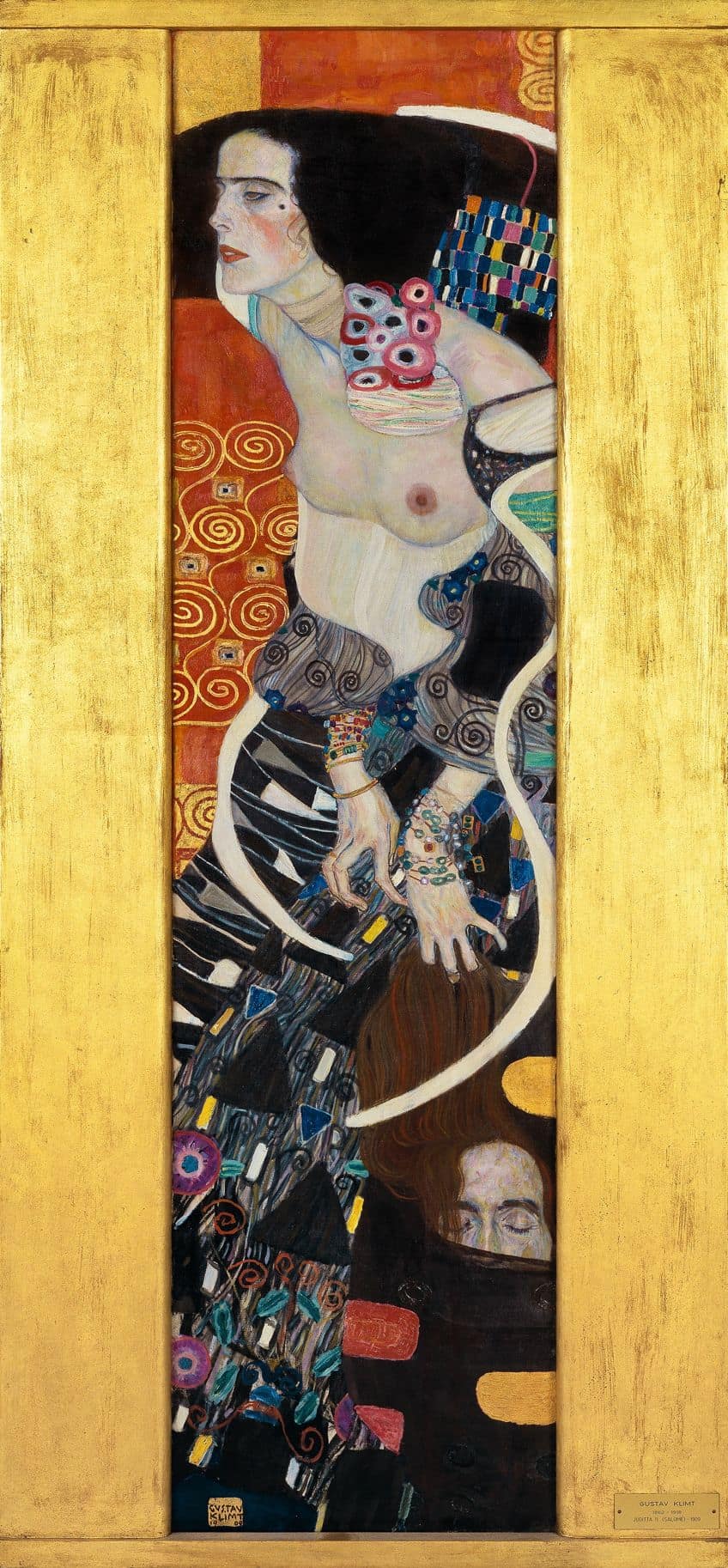
Josef Albers (1888 – 1976)
| Birth | March 19, 1888 |
| Death | March 25, 1976 |
| Place of Birth | Bottrop, Germany |
| Genre of Work | Abstract Art, and Color Theory |
| Notable Artworks |
|
Albers, known for his groundbreaking work in color theory and abstraction, explored the concept of reflections through his iconic series “Homage to the Square.” Through meticulously layered geometric forms and carefully modulated color relationships, Albers created mesmerizing visual experiences that challenged viewers’ perceptions of space and depth.
His disciplined approach to composition and exploration of optical effects continue to influence artists and designers seeking to understand the nuances of color and form.

M.C. Escher (1898 – 1972)
| Birth | June 17, 1898 |
| Death | March 27, 1972 |
| Place of Birth | Leeuwarden, Netherlands |
| Genre of Work | Surrealism, Mathematical Art, and Op Art |
| Notable Artworks |
|
Escher’s imaginative prints and drawings often featured mind-bending illusions and impossible architectures, where reflections played a central role in distorting and reshaping reality. His meticulous attention to detail and mathematical precision allowed him to create intricate worlds where symmetry, tessellation, and perspective converged to mesmerizing effect.
Through his exploration of symmetry and visual paradoxes, Escher challenged conventional notions of space and perception, inspiring generations of artists, mathematicians, and philosophers.
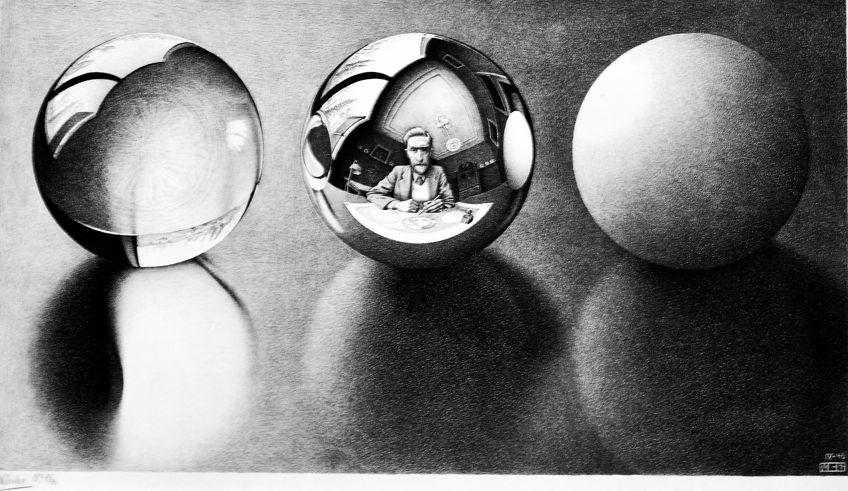
Roy Lichtenstein (1923 – 1997)
| Birth | October 27, 1923 |
| Death | September 29, 1997 |
| Place of Birth | New York City, New York, United States |
| Genre of Work | Pop Art, Comic Art |
| Notable Artworks |
|
Lichtenstein, a leading figure in the Pop Art movement, incorporated reflections as a motif in his iconic comic book-inspired works. His bold use of Ben-Day dots and graphic imagery often depicted polished surfaces and glossy textures, reflecting the consumer culture of post-war America. Lichtenstein’s playful reinterpretations of popular media imagery transformed everyday objects into vibrant reflections of contemporary society.
This sparks critical dialogue about mass production, advertising, and the nature of representation.
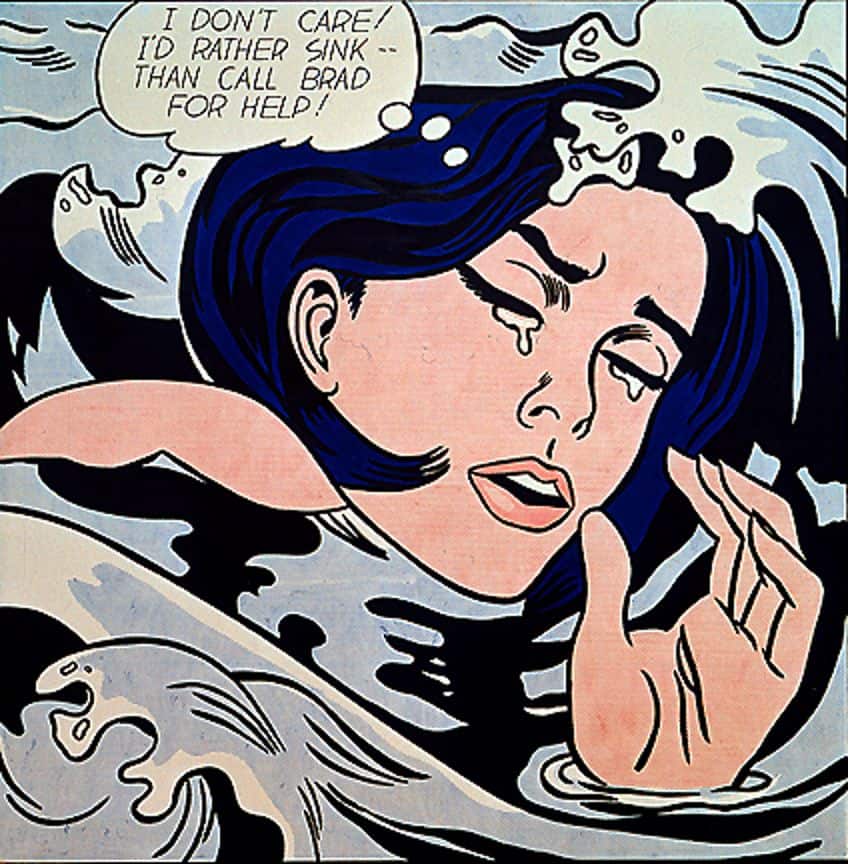
Anish Kapoor (1954 – Present)
| Birth | March 12, 1954 |
| Death | Present |
| Place of Birth | Bombay, India |
| Genre of Work | Contemporary Art, and Sculpture |
| Notable Artworks |
|
Kapoor’s monumental sculptures and installations frequently utilize reflective surfaces, such as polished stainless steel or mirrored materials, to distort and transform the surrounding environment. Through his exploration of light, space, and perception, Kapoor creates immersive experiences that blur the boundaries between object and observer.
His iconic works, including “Cloud Gate” and “Sky Mirror,” invite viewers to engage with their surroundings in new and unexpected ways, prompting reflection on the nature of existence and the sublime.

Do Ho Suh (1962 – Present)
| Birth | September 25, 1962 |
| Death | Present |
| Place of Birth | Seoul, South Korea |
| Genre of Work | Contemporary Art, and Installation Art |
| Notable Artworks |
|
Suh’s evocative installations often incorporate reflective elements to explore themes of identity, displacement, and memory. By utilizing translucent fabrics and mirrored surfaces, Suh creates immersive environments that evoke a sense of disorientation and introspection. His meticulous attention to detail and emphasis on architectural forms highlight the interconnectedness of personal and collective experiences.
He invites viewers to contemplate the transient nature of belonging and home.
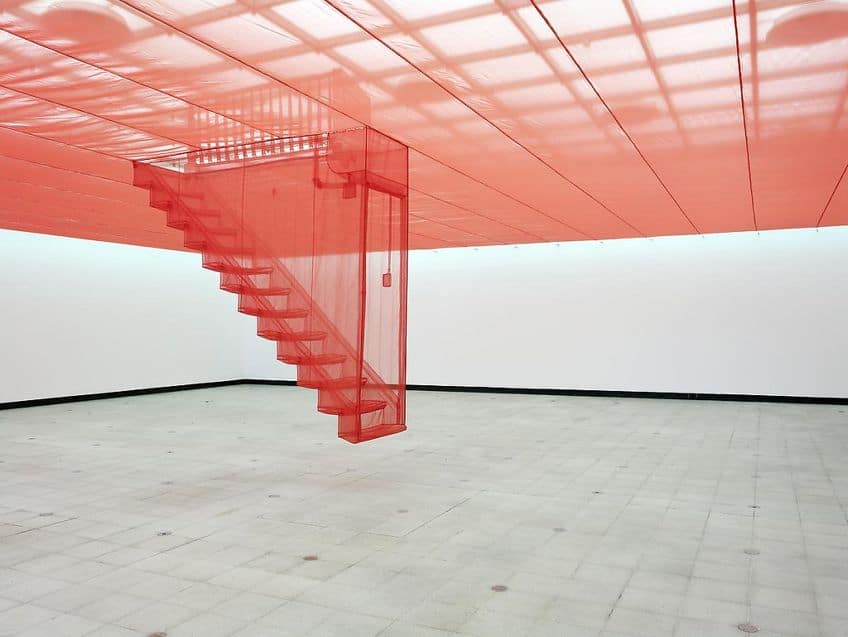
Olafur Eliasson (1967 – Present)
| Birth | February 5, 1967 |
| Death | Present |
| Place of Birth | Copenhagen, Denmark |
| Genre of Work | Contemporary Art, Installation Art, and Environmental Art |
| Notable Artworks |
|
Eliasson’s immersive installations and experiments with light and space often feature reflective surfaces and optical illusions to challenge perception and engage the senses. Through his use of natural elements such as water, ice, and light, Eliasson creates dynamic environments that invite viewers to explore their relationship to the world around them. His interdisciplinary approach to art and science fosters dialogue about environmental stewardship, human perception, and the role of art in shaping our understanding of reality.

As we conclude our exploration of the top reflections artists, we find ourselves immersed in a world where reality merges with illusion, and the ordinary transcends into the extraordinary. Through their masterful use of reflective surfaces, these artists have invited us to peer into the depths of our own consciousness, to ponder the mysteries of existence, and to embrace the beauty found in the play of light and shadow. As we step away from this journey, may we carry with us the inspiration to see the world through new perspectives, to seek reflections of truth and beauty in the most unexpected places, and to continue to marvel at the boundless creativity of the human spirit.
Frequently Asked Questions
What Defines Reflections Art?
Reflections art encompasses any artwork that deliberately incorporates reflective surfaces or explores the theme of reflection, capturing the interplay of light and surfaces to evoke emotions and provoke thought. It can range from realistic depictions of mirrored scenes to abstract explorations of light and shadow.
What Themes Are Commonly Explored in Reflections Art?
Reflections art often explores themes of perception, identity, memory, and the transient nature of existence. Artists use reflections as metaphors for introspection and self-discovery, inviting viewers to contemplate the layers of meaning embedded within mirrored surfaces and the symbolism of light and shadow.
Isabella studied at the University of Cape Town in South Africa and graduated with a Bachelor of Arts majoring in English Literature & Language and Psychology. Throughout her undergraduate years, she took Art History as an additional subject and absolutely loved it. Building on from her art history knowledge that began in high school, art has always been a particular area of fascination for her. From learning about artworks previously unknown to her, or sharpening her existing understanding of specific works, the ability to continue learning within this interesting sphere excites her greatly.
Her focal points of interest in art history encompass profiling specific artists and art movements, as it is these areas where she is able to really dig deep into the rich narrative of the art world. Additionally, she particularly enjoys exploring the different artistic styles of the 20th century, as well as the important impact that female artists have had on the development of art history.
Learn more about Isabella Meyer and the Art in Context Team.
Cite this Article
Isabella, Meyer, “Reflections Artists – Harnessing the Creative Beauty of Light.” Art in Context. February 28, 2024. URL: https://artincontext.org/reflections-artists/
Meyer, I. (2024, 28 February). Reflections Artists – Harnessing the Creative Beauty of Light. Art in Context. https://artincontext.org/reflections-artists/
Meyer, Isabella. “Reflections Artists – Harnessing the Creative Beauty of Light.” Art in Context, February 28, 2024. https://artincontext.org/reflections-artists/.




